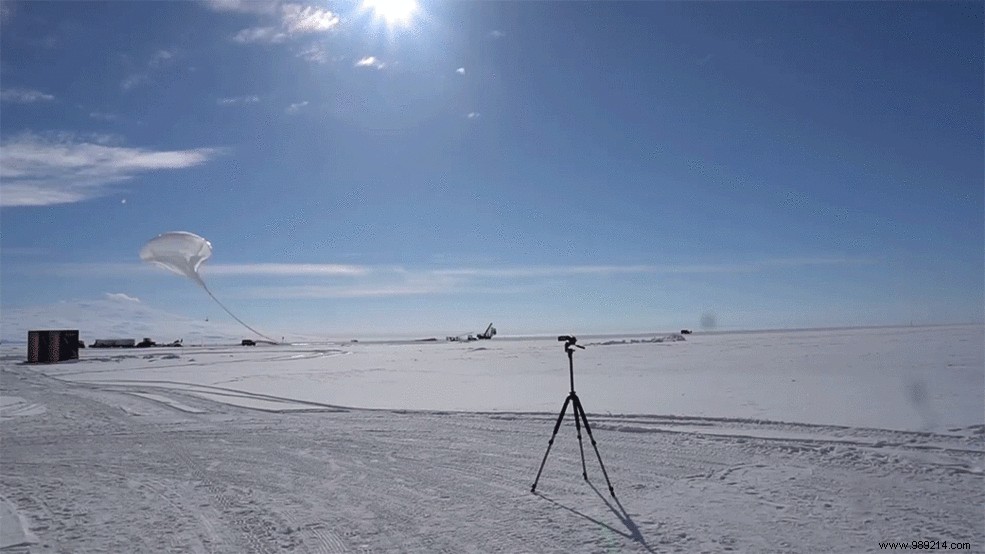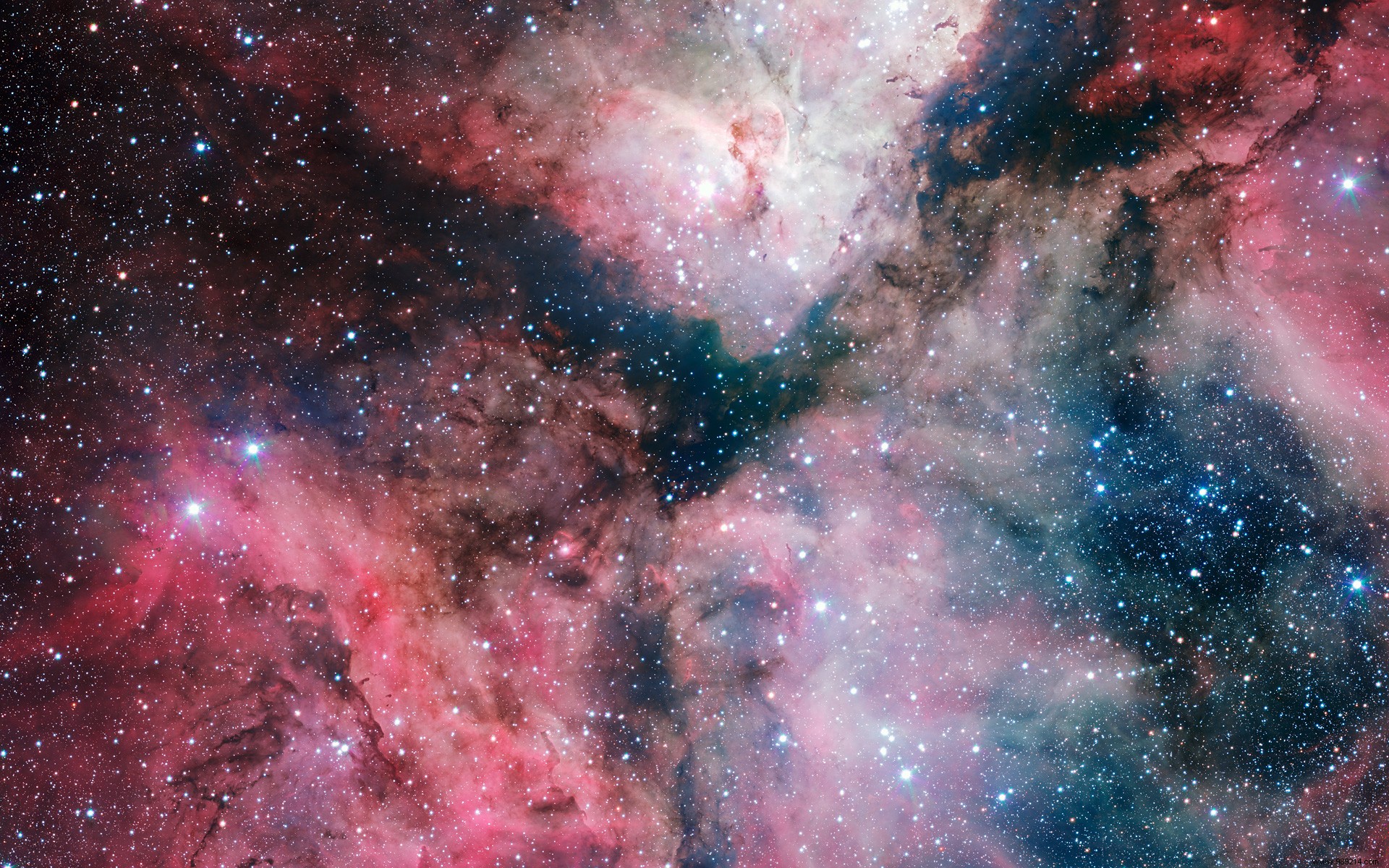NASA will deploy a 150-meter-wide balloon into the stratosphere. The goal:to observe the stellar feedback process in the infrared. Its launch is scheduled for December 2023.
NASA is currently developing a large-scale mission named ASTHROS (short for Astrophysics Stratospheric Telescope for High Spectral Resolution Observations at submillimeter-wavelengths ). The idea:release into the stratosphere a telescope specialized in observing the sky through infrared wavelengths, invisible from the ground and to our human eyes.
Its launch is scheduled for December 2023 from Antarctica , where it will drift with the air currents over the continent.
To carry out its mission, ASTHROS will have to reach an altitude of 40 kilometers . By way of comparison, commercial airliners only fly at an altitude of about ten kilometers. On the other hand, it remains well below the limit separating the Earth's atmosphere from space, fixed at an altitude of about 100 kilometers.
Balloon deployment offers NASA unique advantages over ground or space missions. These missions cost less, for one thing, and are faster to develop. Thanks to these two points, they ultimately allow risk-taking, allowing engineers to test various technologies for future, much more expensive space missions.
“Missions of this type are more risky than space missions, but they yield high rewards at a modest cost , sums up Jose Siles, JPL engineer. With ASTHROS, we aim to make astrophysical observations that have never been attempted before. The mission will pave the way for future space missions by testing new technologies and training the next generation of engineers and scientists .

The objective of this mission will be to measure the movement and velocity of gas around newly formed stars. Four main targets will be studied, including two stellar nurseries located in the Milky Way. A third target will be the galaxy Messier 83. TW Hydrae, a young star surrounded by a large disk of dust and gas, will be the fourth.
More specifically, it will be about measuring the presence of two specific types of nitrogen ions (atoms stripped of their electrons). These nitrogen ions may reveal areas where massive star winds and supernova explosions have reshaped the gas clouds in these star forming regions.
In a process known as stellar feedback , such phenomena can, over millions of years, disperse the surrounding material and prevent the formation of stars. Conversely, stellar feedback can also cause matter to clump together, accelerating star formation. Or, in the case of TW Hydrae, the formation of planets.

To complete its mission, ASTHROS will need a large balloon:when fully inflated with helium, it should be about 150 meters wide . A gondola under the balloon will transport the various instruments. During the flight, scientists will be able to control the telescope and download data in real time.
Once the mission is complete, operators will send end-of-flight commands to separate the pod from the balloon. A parachute will then be deployed to make it land gently. The telescope can thus be recovered and refurbished to fly again.
Source